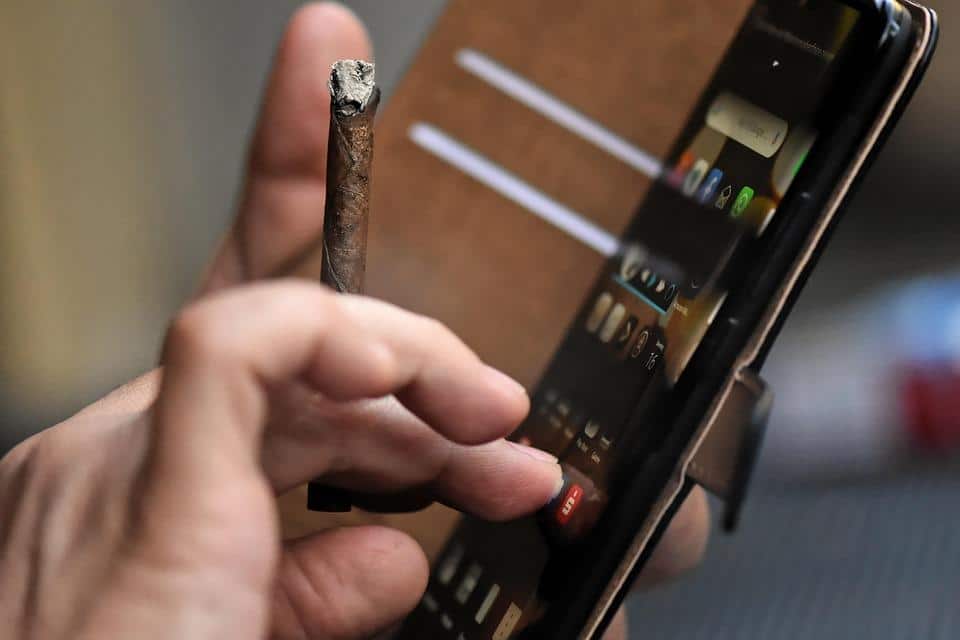Is your Android’s unresponsive touch screen driving you up the wall? You’re not alone. Many users find themselves in a frustrating battle with a device that simply won’t respond to their touch. But fear not—there are practical, effective fixes you can try right now.
Contents
- Understanding the Issue of Unresponsive Touch Screens
- 1. Restart Your Device
- 2. Remove Screen Protectors and Cases
- 3. Check for Software Updates
- 4. Clear Cache and Data
- 5. Boot in Safe Mode
- 6. Factory Reset
- 7. Check for Hardware Issues
- 8. Calibrate the Touch Screen
- 9. Use Third-Party Apps
- 10. Seek Professional Help
- Bottom Line
Understanding the Issue of Unresponsive Touch Screens
An unresponsive touch screen can be a real headache. It can happen for various reasons, from software glitches to hardware malfunctions. Understanding the root of the problem is key to getting your device back on track. This matters because your smartphone is your lifeline—keeping you connected, organized, and entertained.
Why Your Touch Screen Might Be Acting Up
- Software Glitches: Sometimes, your operating system just needs a little nudge to get back to normal.
- Physical Damage: A drop or spill can cause lasting damage, even if the screen looks fine.
- Screen Protector Issues: Sometimes, the very thing meant to protect your screen can cause it to misbehave.
- Environmental Factors: Temperature and humidity can affect responsiveness.
Now, let’s dive into the fixes that could save your sanity.
1. Restart Your Device
It sounds simple, but restarting your Android can work wonders. This refreshes the system and clears out temporary glitches.
- How to do it: Press and hold the power button until the “Power Off” option appears. Tap it, wait a few seconds, and then turn it back on.
2. Remove Screen Protectors and Cases
Sometimes, an ill-fitting screen protector or a bulky case can interfere with your touch screen’s functionality.
- Try this: Carefully remove any screen protector or case and see if that resolves the issue.
3. Check for Software Updates
Your Android needs to be up-to-date to function correctly. Outdated software can lead to responsiveness issues.
- To check for updates: Go to Settings > System > System Update. If an update is available, download and install it.
4. Clear Cache and Data
Over time, cached data can build up and slow your device down, impacting its performance.
- How to clear cache:
- Go to Settings > Storage.
- Tap on Cached Data and confirm to clear it.
5. Boot in Safe Mode
Booting your device in Safe Mode disables third-party apps, allowing you to identify if one of them is causing the issue.
- To enter Safe Mode:
- Press and hold the power button.
- Long press the “Power Off” option until you see “Reboot to Safe Mode.” Tap “OK.”
If your touch screen works in Safe Mode, a rogue app is likely the culprit.
6. Factory Reset
This is a last-resort fix but can be effective if nothing else works. A factory reset will erase all data from your device, so back up everything important first.
- How to factory reset:
- Go to Settings > System > Reset Options.
- Select Erase all data (factory reset) and follow the prompts.
7. Check for Hardware Issues
If the screen is still unresponsive, it might be a hardware issue. This could be related to a damaged digitizer or screen.
- Inspect your device: Look for cracks or signs of water damage. If you find any, it’s best to consult a professional.
8. Calibrate the Touch Screen
Sometimes, your touch screen just needs a little recalibration to recognize your taps correctly.
- To do this: There are apps available on the Google Play Store designed for calibration. Search for “Touch Screen Calibration” and follow the instructions.
9. Use Third-Party Apps
If all else fails, consider using third-party apps designed to enhance touch responsiveness or diagnose issues.
- Recommendations:
- Touchscreen Test: Can help identify unresponsive areas.
- Touchscreen Calibration: A popular app that can fine-tune your screen.
10. Seek Professional Help
If you’ve tried everything and your Android’s unresponsive touch screen is still a problem, it might be time to consult a professional.
- Where to go: Check with authorized service centers or reputable repair shops. They can diagnose hardware issues and recommend solutions.
Bottom Line
An unresponsive touch screen can disrupt your life, but don’t despair. With the right knowledge and steps, you can troubleshoot the problem effectively. Remember to stay patient and give these fixes a try.
Your Android is more than just a device; it’s a part of your daily routine. Don’t let a little glitch hold you back.
FAQs
Q: How can I prevent touch screen issues in the future?
A: Regularly update your device, use quality screen protectors, and avoid exposing it to extreme conditions.
Q: Is it safe to factory reset my phone?
A: Yes, as long as you back up your data first. A factory reset will erase everything, so be prepared.
Q: What if my screen is cracked but still responsive?
A: It’s best to get it repaired. A cracked screen can lead to further damage.
Take action today, and get your Android back on the right track!








